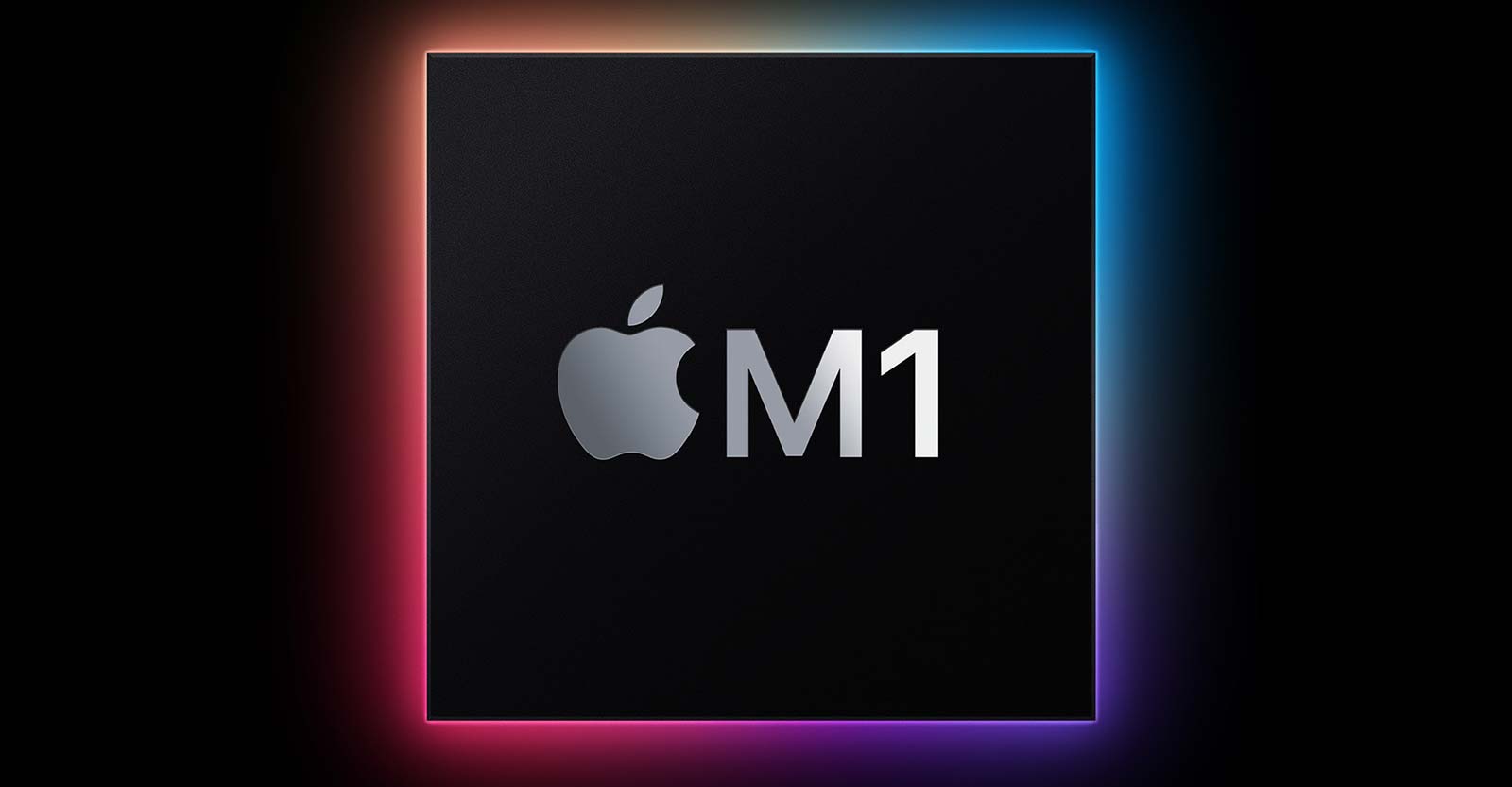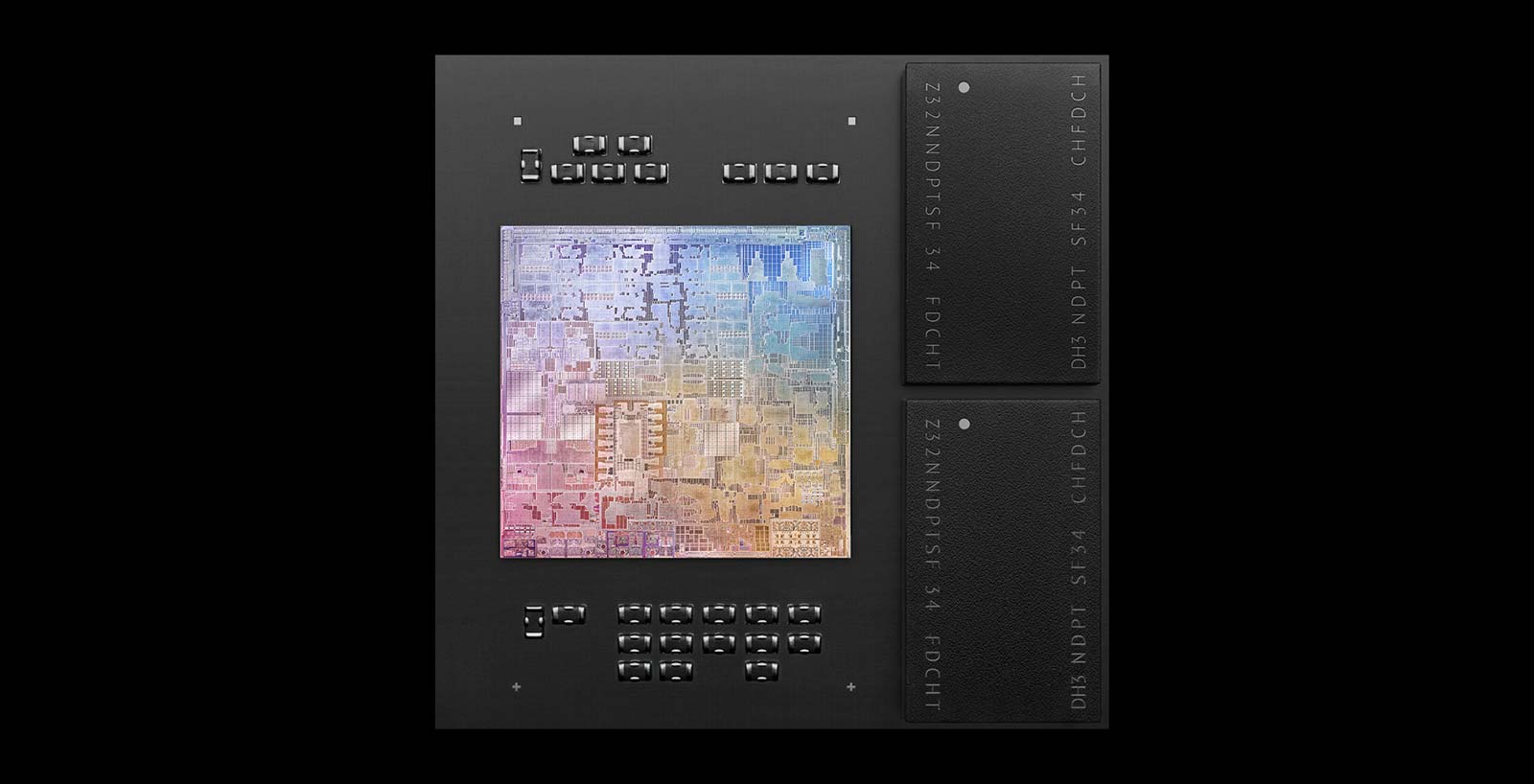You may not think about what powers a Mac, but Apple sure does, and at the heart of Macs from the end of this year, there’s a new heart in the M1.
Computers come in all sorts of shapes and sizes, and they also arrive with different chips. You may not think about it, but the hardware inside can make all the difference.
Whether you buy a thin and light or a thick and meaty laptop, or even a small desktop to a big one, the type of chip it has can help determine what it’s going to do, and what class of performance you can expect to find it in.
We’d expect that most people know computer chips because of Intel, the chip brand found in much of what’s out there, including this year’s Dell XPS 13 and the 2020 Apple iMac, but there are other chips, notably AMD, which has its own chips with graphics integrated, similar to what’s found inside the Xbox One Series X and PlayStation 5.
While Intel and AMD are the main choices for chips in computers, they’re not the only ones. In fact, Apple has been hard at work on its own computer chips, thanks to the developments found in the iPhone.
Apple hinted that it would be launching chips for its Mac machines earlier in the year, and now that 2020 is drawing to a close, we’ve got news about what that looks like, starting with the M1, a chip that sounds similar to what’s inside the iPhone 12 Pro and 2020 iPad Air, but that is also clearly different because it’s made for a computer. It’s actually made for several computers.
What is the Apple M1?
There’s a new chip in town, and it has a number one, thanks to it being the first.
You see Apple is making the transition to its own hardware, with one chip that represents a “System on a Chip” design, also known as “SoC”. That might be a bit of jargon for you, but it basically means everything a computer might use is on the one piece of silicon, with processing, security, graphics, and machine learning, much like it is in phones.
Apple’s M1 is that chip for Apple’s new computers, featuring an eight-core CPU, either seven or eight cores of graphical power (depending on the model Mac you look at), security hardware, an image signal processor for improvements in video, a Thunderbolt controller, and what appears to be a similar 16 core machine learning Neural Engine from the A14 Bionic used in 2020’s iPhones.
In short, it’s Apple’s solid 2020 hardware from its phones and tablets made to work with computers, and it’s boasting some interesting numbers.
At the announcement, Apple has talked up improvements to performance for photo editors, game developers, and coders, and even if you’re not one of those, the implication is that the processing power is working with the memory to deliver improvements to power and and performance overall, so it can notch up the performance without hitting the battery life in an adverse way.
In numbers, that translates to up to 3.5 times the performance for the CPU, up to 6 times for the graphics, with potentially more battery life, as well.
While everyone’s usage will vary simply because everyone’s needs are different, the long and short is that the M1 chip for the Mac may make for a better Mac overall.
macOS Big Sur is a big part
Running on M1-based Macs will be the latest version of macOS, Big Sur, but it will only be Big Sur. That’s an operating system Apple says is designed to take advantage of the M1 chip, and Apple’s own software is also compatible with the M1, as well.
But they’re not the only software that is.
Apps should work even if they’re not made for the M1
If you were around back when Apple made the transition from PowerPC chips to Intel, some of the apps may not have performed at their best. It was an issue, but one that was gradually ironed out, improving with time.
It’s kind of like the backwards compatibility we hope to see on video game consoles: when it turns up, some things will work better than others, though support should be there.
This time, the conversion between between apps made to work on the Intel chips used in Macs should be a little easier, with Apple’s Rosetta 2 allowing apps to run on the new chips, though not necessarily optimised to. That will happen in time as more developers get to know the M1 through the development kits, but in the beginning, some companies are jumping on board already.
And it’s not just about the desktop apps, either.
If you own an iPhone or an iPad, the apps you have on those devices will reportedly work on the M1 Macs, as well. While this has been an idea Apple has been working on in the past couple of macOS versions, the new chip makes it possible, meaning the apps you may rely on with your phone now work on the desktop, as well.









